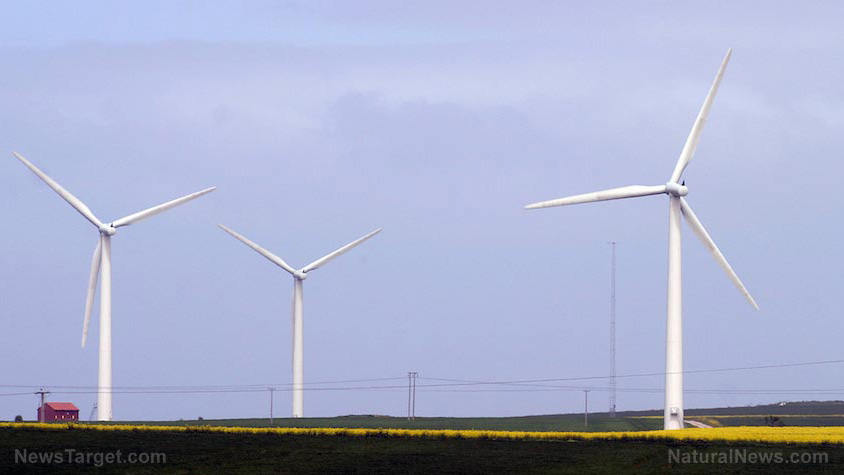
UK electricity prices more than doubled in September alone
At their peak, the U.K. electricity prices more than doubled in September, and is already almost seven times as high compared to the same point in 2020. France, the Netherlands, and Germany power markets also jumped significantly. (Related: Power With Nature: Solar and Wind Energy Demystified.) Prices for next-day power dispatch rocketed to £285 a megawatt-hour in the U.K. when wind speeds dropped. Electricity prices usually see the cost of generation at the most expensive supplier to determine the prices for everyone. This means that when countries derive power from thermal plants with high running costs, it boosts prices for the whole market. This resulted in a climb in prices for gas, coal, and carbon as well. Further, energy prices could shoot even higher if the cool temperatures stop gas stores from replenishing before the peak winter demand. Electricity, gas, coal and carbon markets feed on one another; thus, high gas prices can prompt utilities to burn more coal, and they will have to buy more emissions allowances. Wind accounted for a quarter of Great Britain's power in the last year. After the winds dropped, system operator National Grid asked Électricité de France SA to restart its coal power station in Nottinghamshire. This is a band-aid solution though: the government said all coal plants must close by late 2024. Abundant wind power has lead to periods of cheap electricity; however, U.K. wind farms produced less than one gigawatt on some days, and the farms have a full capacity at 24 gigawatts. Maintenance work on cables also restricted electricity imports from France. The price surge showed the need for backup power supplies for times when winds don't blow, or if the sun doesn't shine. Alternative options include reserve thermal power plants, battery storage, or cables for importing electricity.Europe's electricity prices a preview of what's in store for global markets
The price crunches could become more widespread. European energy pricing dynamics offer a glimpse of what is in store for commodity markets, analysts suggest. The noted that the combination of falling inventories and reopening of the global economy is likely to boost prices as markets continue to struggle to balance strong demand with little supply. The S&P GSCI commodities index is expected to return 11 percent over the next 12 months. This index is dominated by oil, gold and agricultural products. Analysts also said that inventories in nearly all physical goods are declining sharply as pandemic restrictions lift, and people spend. Limits of how much commodities can be supplied due to labor shortages or bad weather could mean that demand will have to drop so that markets can balance themselves out. Get more updates at Power.news. Sources include: WSJ.com Markets.BusinessInsider.comClimate alarmists hype sea level rise by 2050, claim it could be 50 times greater than actual data
By Mary Villareal // Share
Food shortages are widespread and have gotten worse during the pandemic
By Mary Villareal // Share
Tech companies amass large portfolios of new properties during pandemic
By Mary Villareal // Share
Water levels in Colorado River dams reach new lows, electricity generation may be halted
By Ramon Tomey // Share
China’s Central Bank bans all cryptocurrency transactions
By Arsenio Toledo // Share
Evergrande isn’t China’s “Lehman moment.” It could be worse than that
By News Editors // Share
EPA plans to regulate phthalates over worker and environmental health risks
By lauraharris // Share
TikTok parent ByteDance goes all in with $14B Nvidia chip SPLURGE
By kevinhughes // Share
The Sacred Root: The untold power of iboga to heal trauma and addiction
By kevinhughes // Share











